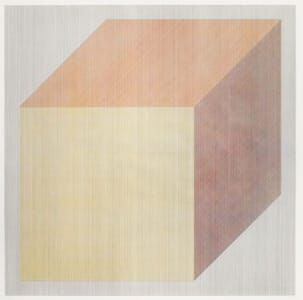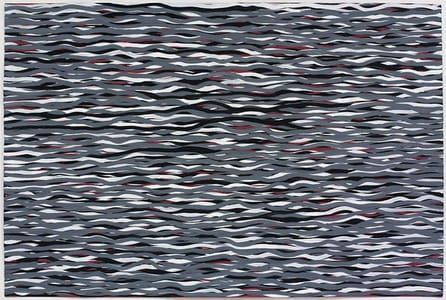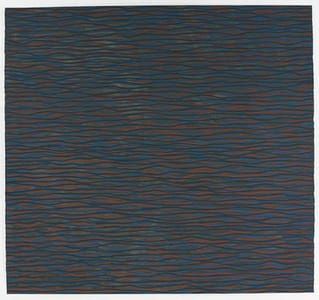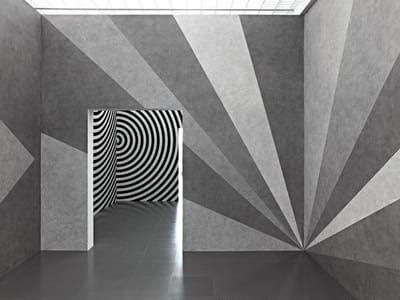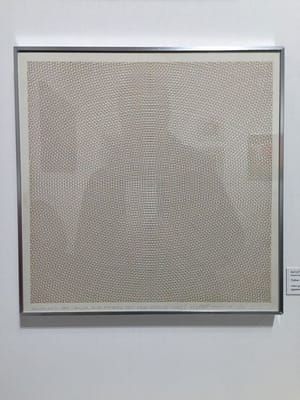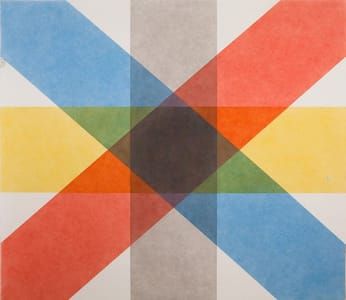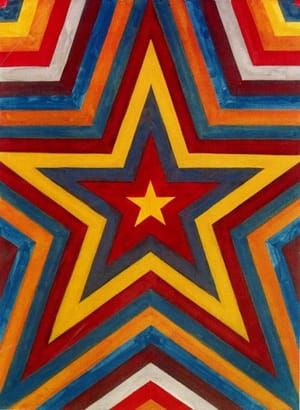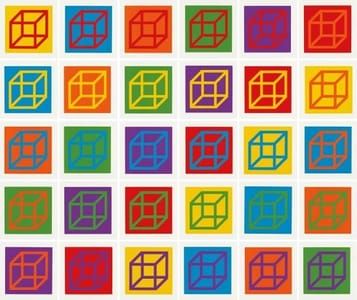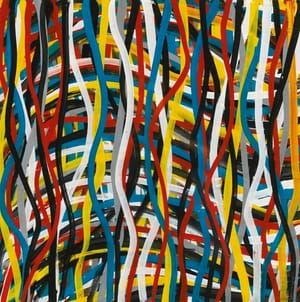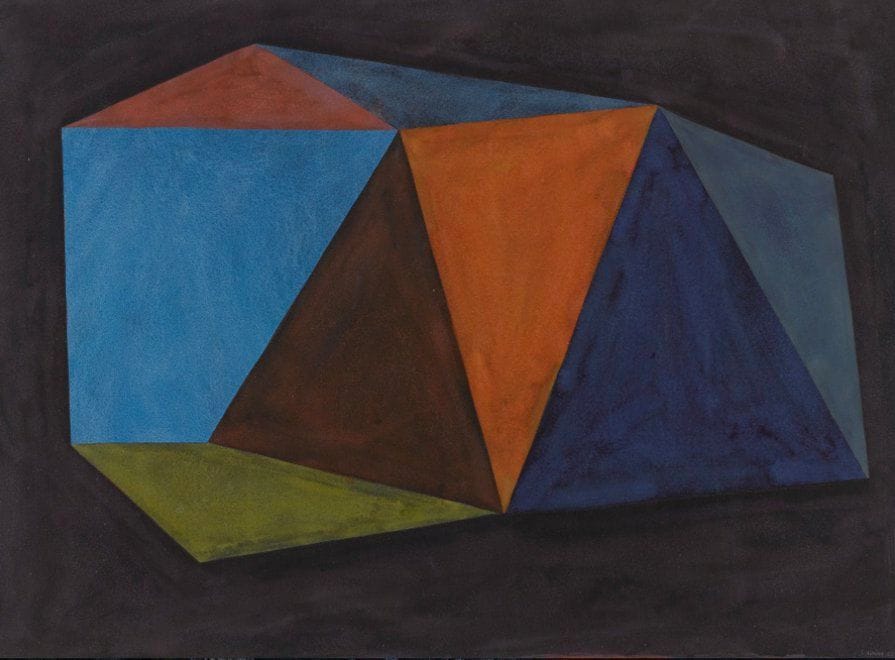

Complex Form, 1988
Sol LeWitt
In the early 1960s, LeWitt made paintings and reliefs before concentrating on three-dimensional works based on the cube in the mid-1960s. For these, he used precise, measured formats such as grids and modules, and systematically developed variations. His methods were mathematically based, defined by language, or created through random processes. He took up similar approaches in works on paper.
LeWitt is regarded as a founder of both Minimal and Conceptual art. Inspired by Eadweard Muybridge’s sequential photographs of animals and people in motion, LeWitt incorporated seriality in his work to imply the passage of time or narrative. Two important essays by LeWitt, in particular, defined the new movement: “Paragraphs on Conceptual Art” (1967) and “Sentences on Conceptual Art” (1969). The earlier text proclaimed: “The idea becomes a machine that makes the art.”
He began making wall drawings in 1968. The earliest consisted of pencil lines—in systematized arrangements of verticals, horizontals, and diagonals on a 45-degree angle—drawn directly on the walls. Later wall drawings included circles and arcs and colored pencil. LeWitt would eventually use teams of assistants to create such works. In sculpture, LeWitt mapped out all possible permutations—he found 122—of a cube with one or more sides missing in Variations of Incomplete Open Cubes (1974). From 1966, LeWitt’s interest in seriality led to his production of several artist’s books. Among them is Autobiography (1980), which documents in photographs everything in his studio on Manhattan’s Hester Street, his home for 20 years. In 1976, with Lippard and others, LeWitt founded Printed Matter, an organization established to publish and disseminate artist’s books.
In 1980 LeWitt left New York for a quieter life in Spoleto, Italy. Since the mid-1980s, he has composed some of his sculptures from stacked cinder blocks, still generating variations within self-imposed restrictions. LeWitt’s wall drawings of the 1980s incorporated geometric forms and stars, as well as solid areas of ink-washed color. His wall drawing for the 1988 Venice Biennale engulfed the Italian Pavilion’s interior. In 1996 he introduced acrylics into his wall paintings; he has described the colors of these paintings as “raucous and vulgar.”
(http://www.waterhousedodd.com/sol-lewitt)
© 1988 Sol LeWitt
Sol LeWitt
artistArthur
coming soon

